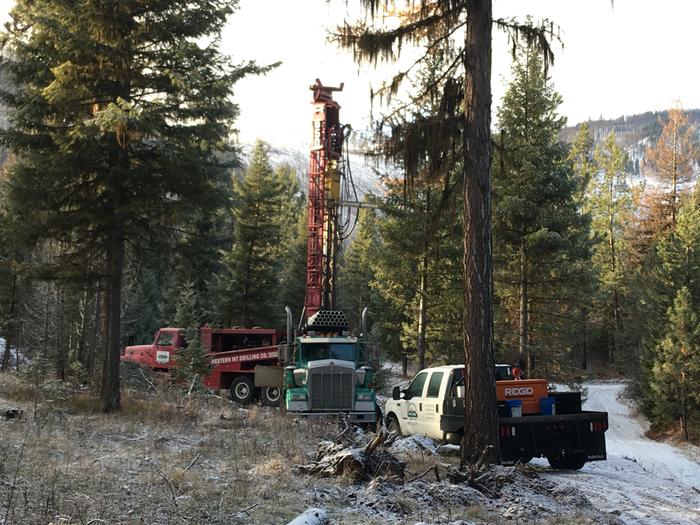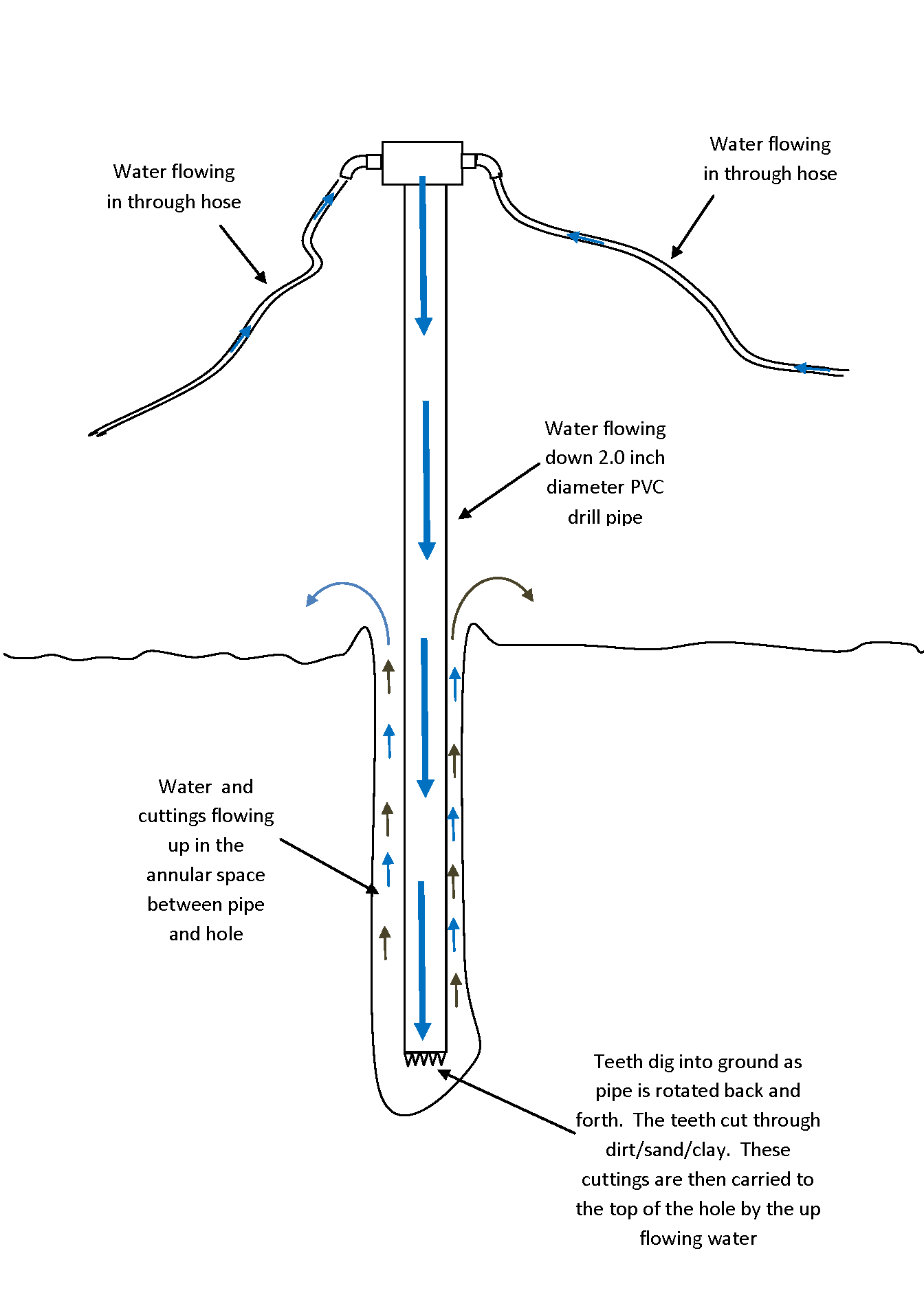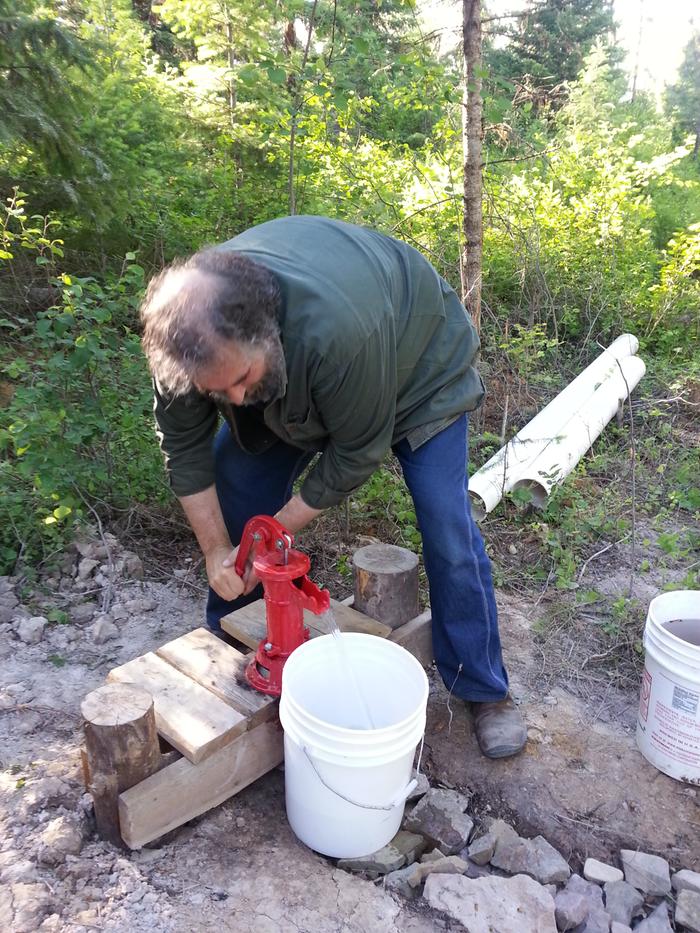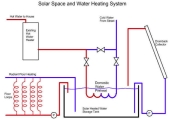
 28
28





 7
7




Outdoor and Ecological articles (sporadic Mondays) at http://blog.dxlogan.com/ and my main site is found at http://www.dxlogan.com/
 3
3




D. Logan wrote:Awesome to hear that! I guess that means that "all's well". ;)
“It’s said war—war never changes. Men do, through the roads they walk. And this road—has reached its end.”
 4
4





 3
3




“It’s said war—war never changes. Men do, through the roads they walk. And this road—has reached its end.”
 1
1




"Study books and observe nature; if they do not agree, throw away the books." ~ William A. Albrecht




You should never forget that every creature has its purpose in the cycle of nature and can also be very important to humans. Sepp Holzer's Permaculture




 4
4




 1
1




Aim High. Fail Small.
Repeat.
 5
5












“The most important decision we make is whether we believe we live in a friendly or hostile universe.”― Albert Einstein

 2
2




M Johnson wrote:Please tell me you will have this o a podcast soon?
“It’s said war—war never changes. Men do, through the roads they walk. And this road—has reached its end.”




If you'd like to help support my work: http://paypal.me/lazykat or http://www.buymeacoffee.com/dzenifr
Read about my current adventures: http://dzenifr.wordpress.com




Pecan Media: food forestry and forest garden ebooks
Now available: The Native Persimmon (centennial edition)




 2
2




Permaculture...picking the lock back to Eden since 1978.
Pics of my Forest Garden
 1
1







 1
1




paul wheaton wrote:This might be our 30th attempt for a reliable water source.
Here is the first try. We thought that in this spot, the water would be about 8 or 10 feet deep. So we dug a 16 foot deep hole.

Pecan Media: food forestry and forest garden ebooks
Now available: The Native Persimmon (centennial edition)




paul wheaton wrote:
So we need to figure out our solar story. Pump house? Batteries? Cistern? Lots to figure out. And then do we do it ourselves or hire it out? A mix? Lots to do!
You should never forget that every creature has its purpose in the cycle of nature and can also be very important to humans. Sepp Holzer's Permaculture








Dan Boone wrote:
paul wheaton wrote:OMG that is one dry-ass lookin' hole.
Exactly what one wants when putting in a basement, especially a PWF. But certainly not a well.




 2
2





SKIP books, get 'em while they're hot!!! Skills to Inherit Property
See me in a movie building a massive wood staircase:Low Tech Lab Movie
 2
2








Cultivate abundance for people, plants and wildlife - Growing with Nature







 5
5









 2
2




For all your Montana Masonry Heater parts (also known as) Rocket Mass heater parts.
Visit me at
dragontechrmh.com Once you go brick you will never go back!




 4
4








paul wheaton wrote:
I talked to one of the well guys a couple of days ago, and it sounds like there will be a lot more conversations over the next week. The big question now is about the pump v "2 to 3 gallons per minute":
- a small pump that will continuously pump 12 hours on a sunny day, but probably just pump a gallon and a half per minute. So maybe 1000 gallons per day
- a larger pump that will pump more like 5 gallons per minute, but shut off when all the water has been pumped, wait for some more water, and then pump more. Maybe 1500 gallons per day
Another idea would be to add batteries and a full controller to the system so there can be pumping 24 hours a day, plus pumping for cloudy days. So maybe something closer to 2500 gallons per day.












SKIP books, get 'em while they're hot!!! Skills to Inherit Property
See me in a movie building a massive wood staircase:Low Tech Lab Movie




paul wheaton wrote:The well is near the clay pit

When we made a flat spot for the well drilling equipment, that was the first time we ever found bedrock. So there is a patch of bedrock right next to the clay pit. Weird.
Josiah and I talked about it and we think the best strategy is a big cistern and a link from solar to the pump. So when the sun shines, the well pumps. The cistern will simply gravity feed anything below it. And if the cistern is full, the extra water goes to the clay pit (which will be reshaped into a pond).
I talked to one of the well guys a couple of days ago, and it sounds like there will be a lot more conversations over the next week. The big question now is about the pump v "2 to 3 gallons per minute":
- a small pump that will continuously pump 12 hours on a sunny day, but probably just pump a gallon and a half per minute. So maybe 1000 gallons per day
- a larger pump that will pump more like 5 gallons per minute, but shut off when all the water has been pumped, wait for some more water, and then pump more. Maybe 1500 gallons per day
Another idea would be to add batteries and a full controller to the system so there can be pumping 24 hours a day, plus pumping for cloudy days. So maybe something closer to 2500 gallons per day.
My 2 bits as a home owner with 2 wells... (learning the hard way and paying for the privilege). I have been told that its not good to "oversize" a pump to the well. Why? Several reasons: Starting the electric pump is what draws more power, so it's more efficient $ wise to keep the pump running once started. If you own stock in the power company, well ok, run up the power bill :). Also every time the pump starts up it creates torque of the pipe (which is why they put in torque arresters every few feet down the pipe). This torquing puts a strain on the pipe, pump and everything else. Remember there is also electrical wire running down the pipe and taped/fastened to the pipeline, so the more torquing the more chances things can cut loose and start to rub and cause friction and wear out/short out, etc, you get the idea. Also, because of more frequent stops and starts (when the pump saver shuts off the pump because of low water), it can wear out the pump faster - creating the expense of pulling/replacement of the system. So the 'moral' of the pump story is...slow and steady as she goes (gpm pumped = or < the recovery rate) will take you further in the long run. An electric pump can run during the night and in inclement weather, and the solar pump can take over during sunny days. If your casing is 6 in you may be able to put in both solar and electric pumps side by side with one pump set slightly above the other. As funds allow, the solar pump can be added later. Discuss this with your well guys and plan ahead to avoid later difficulties. Putting in as many cisterns as you can manage would be a good long range plan to give you the extra back-up capacity you need and want for possible future demands. If these can be situated to allow for "gravity feed" all the better.




Dan Boone wrote:
paul wheaton wrote:This might be our 30th attempt for a reliable water source.
Here is the first try. We thought that in this spot, the water would be about 8 or 10 feet deep. So we dug a 16 foot deep hole.

OMG that is one dry-ass lookin' hole. I suppose it's OK to laugh, now that you've got a well I guess. But that had to suck.
I think the thread I saw was the one where you had the excavator down on a bench in a huge hole, going deeper.




Permies is awesome!!!

|
He baked a muffin that stole my car! And this tiny ad:
Get 100+ homestead tools in one software suite - works offline
https://homestead.tools/
|






